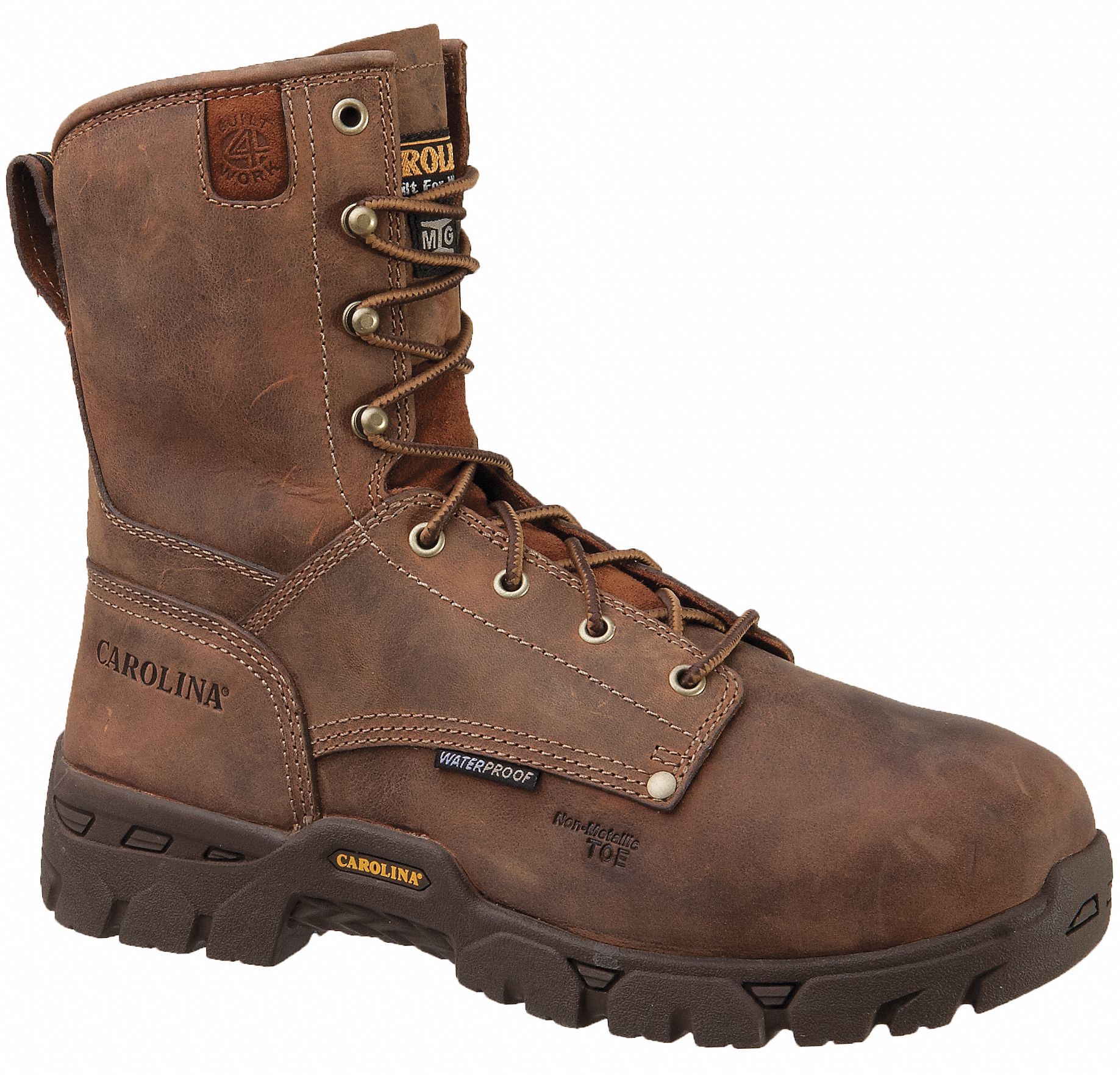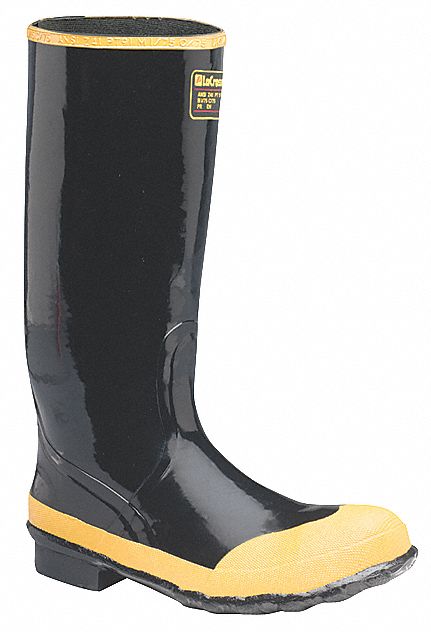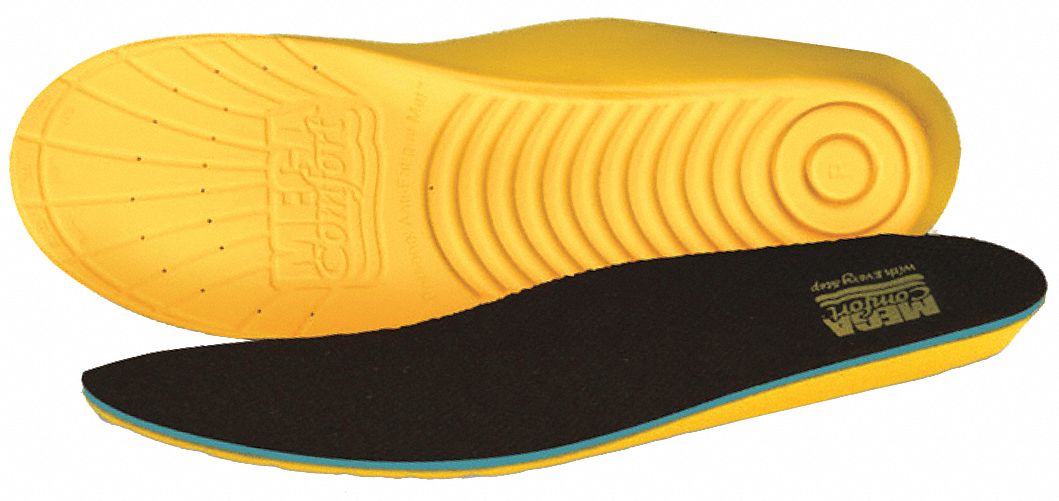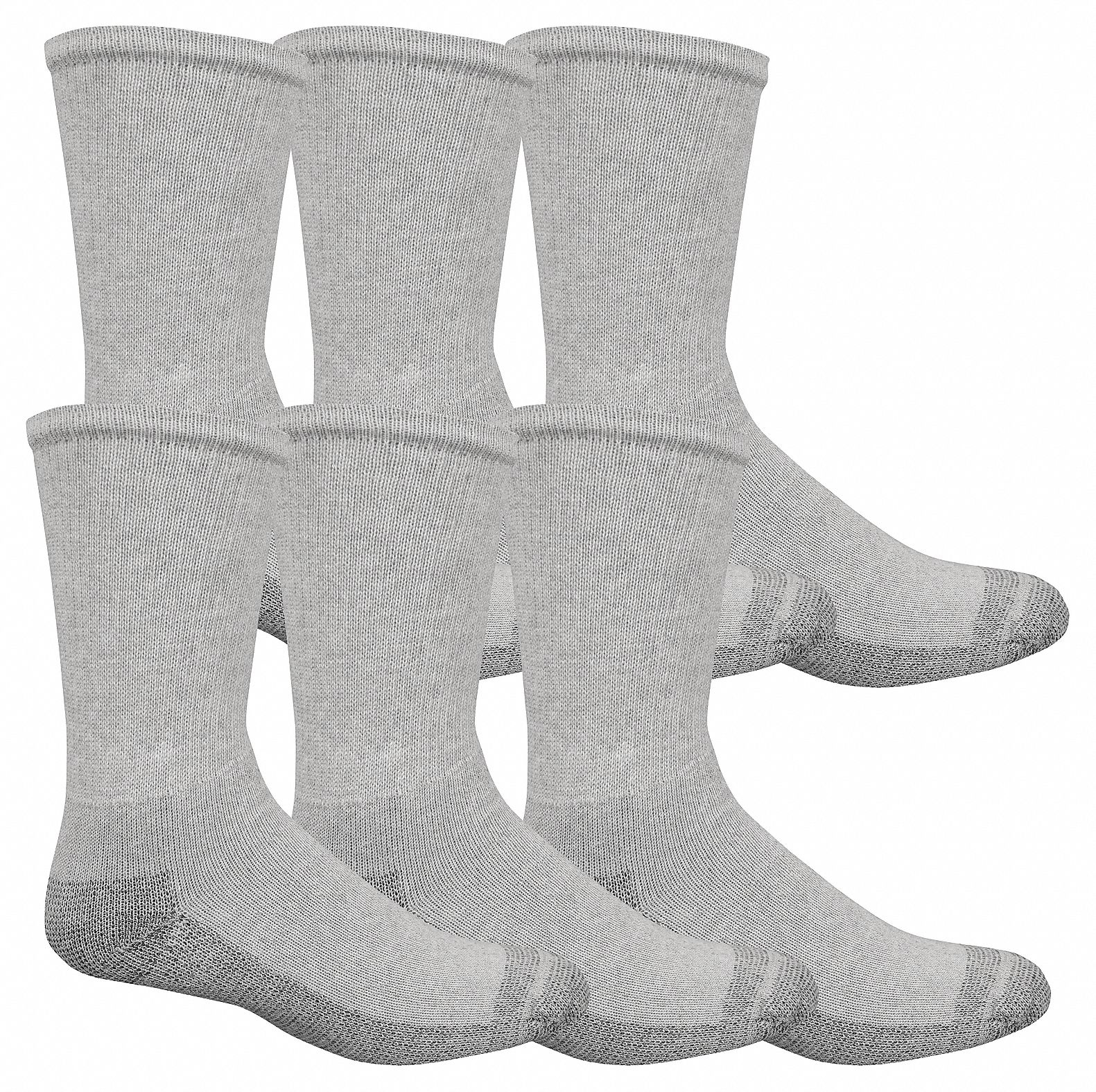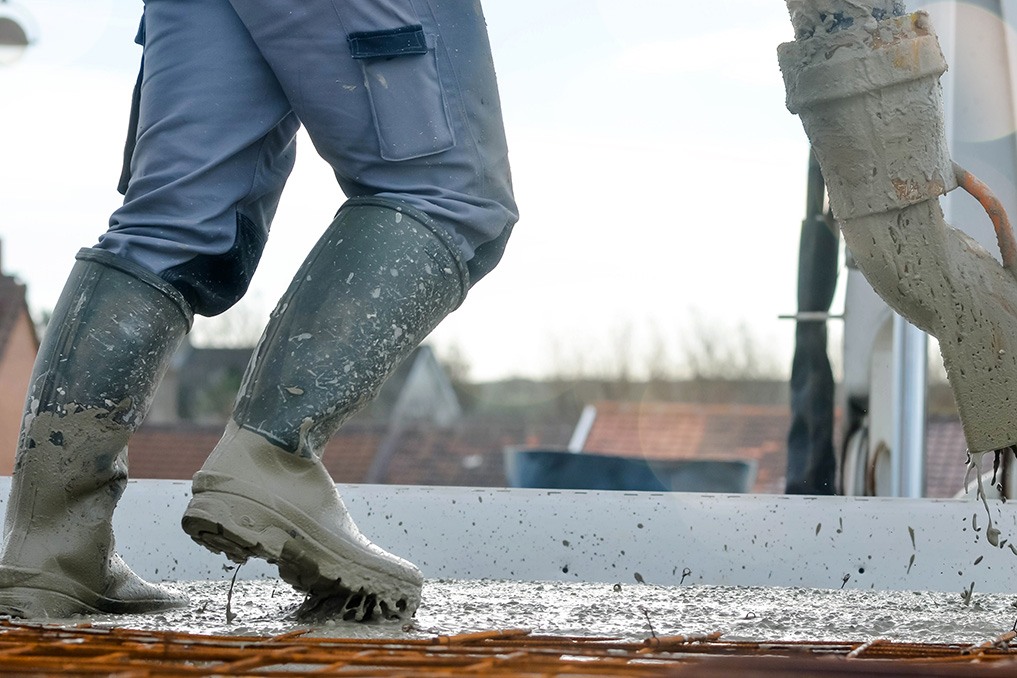

Waterproofing and Water Resistance in Work Boots
By Grainger Editorial Staff 1/19/23
Waterproof and water-resistant work boots offer different levels of protection in wet jobsite conditions. Explore the pros and cons of common waterproofing methods to help choose the best boots for your work environment.
Work boots are an important piece of PPE on the jobsite, and when the ground turns muddy, you’ll want a pair of boots that can keep your feet dry all day. Staying dry is more than a comfort issue. Working in wet boots can lead to blisters, infections, and even create the risk of frostbite in winter. Choosing the right type of waterproofing or water resistance will keep you comfortable and safe through wet working conditions.
Waterproof vs. Water Resistant
There is no IP Code standard for waterproofing in boots, so it is up to individual brands to label their boots as waterproof or water resistant. In general, work boots with a waterproof designation offer the highest level of protection. They are designed to prevent water intrusion under all conditions, including immersion. If you have to walk through standing water, waterproof is the way to go.
Water resistant boots will repel water from splashes or a light rain but cannot protect feet against prolonged exposure to moisture. Although they don’t offer as much protection, water resistant boots can be preferable for working in hot and dry conditions, since they tend to be lighter and more breathable.
Breathable Membranes
For boots that are waterproof out of the box, a breathable membrane can provide waterproofing with all-day comfort. The membrane is a thin layer of waterproof material sewn between the liner and the facing fabric. It has millions of tiny pores that allow water vapor to escape while keeping liquid water droplets out. This makes the boot breathable. It can expel moisture from sweat but won’t absorb water from the outside.
Pros: The breathable membrane can be used to seal lightweight fabric or half-grain leather boots. And the boots won’t get clammy inside, since they can vent out your sweat.
Cons: The boot’s seams can become weak spots. Without regular cleaning, tiny tears can develop in the seams, ruining the boot’s waterproofing prematurely. The boot’s outer layer may also need regular reapplication of a water repellent to prevent it from becoming saturated when it gets wet.
Waterproof Liners
Waterproof liners are great if you have room in your boots. Boot liners help keep your feet warm and dry in cold weather and can be removed to dry.
Pros: Boot liners add a thicker barrier between the foot and boot for added warmth. Some liners can be swapped from boot to boot. Liners tend to be thicker and are a better option than multiple layers of socks.
Cons: Some liners might only fit one pair of boots. Liners aren't breathable so feet can get too hot and clammy if worn for extended periods.
Rubber Waders
Before the invention of breathable membranes, waterproof boots had to have an impervious outer layer. If you’re going to be working in water that’s deeper than your ankles, a pair of rubber waders may still be your best option. They don’t have seams that can leak, they won’t get sodden and heavy after hours in the water, and their high top will keep water from pouring in when you step in a deep spot.
Pros: Relatively inexpensive and completely waterproof. Rubber waders are also easy to clean.
Cons: They can be stiff, less comfortable to wear all day than a leather or fabric work boot. And your feet will get clammy, since the rubber will seal in moisture from your sweat.
Overboots and Overshoes
General purpose overboots and shoes are worn over existing footwear to provide an added layer of protection against water and some chemicals. These coverings are great for site visitors who don't have access to waterproof footwear, and for people who require specialized footwear or orthotics and must wear their own shoes. Overboots are available in mid-calf to knee-high coverage and overshoes offer coverage to ankle height.
DIY Waterproofing
Materials like leather, PVC and nylon can be waterproofed at home. Treating the boot with a protectant spray can keep its fabric or leather from absorbing water. If you decide to waterproof your boots yourself, keep the following tips in mind:
- The protectant will only work if the boots are clean and dry, so take some time to remove any dirt or grime and let the boots fully dry before applying the waterproofing product.
- Pay extra attention to the boot’s seams and tongue. Be sure to work the protectant into any crevasses or folds in the material. Otherwise, water will drip through the untreated spots.
- The protectant will wear off with daily use, and it will deteriorate quickly if your boots are getting scuffed and muddy. Regular reapplication is the key to maintaining their waterproofness.
View our footwear guide to learn more about different considerations in choosing the right boots and shoes for your work situation. Visit Grainger Managed Safety Programs to learn how Grainger can help employees get the protection they need.
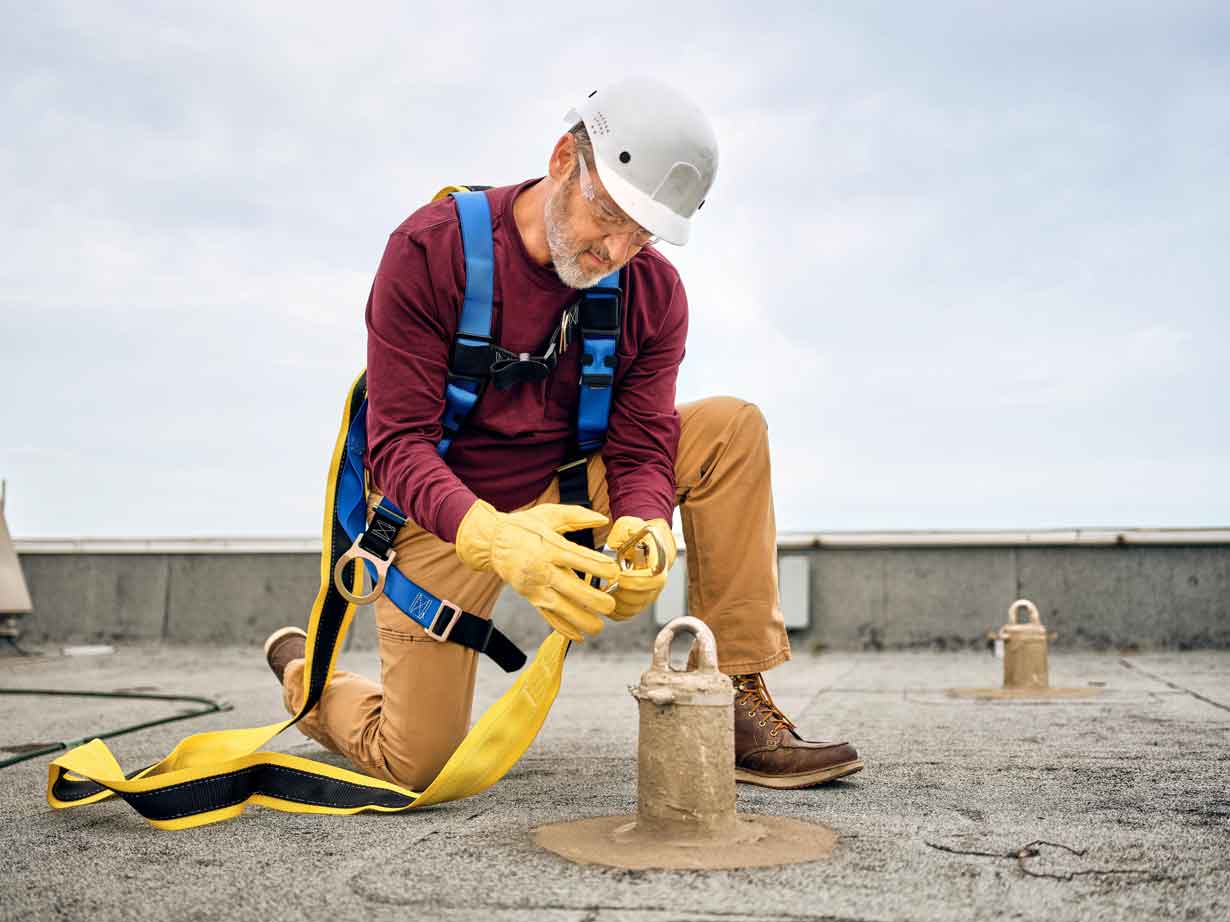
PPE in the Workplace
Lanyards vs. SRLs: Understanding Fall Protection Systems
Shock-absorbing lanyards and self-retracting lifelines both protect against falls, but they work differently. Learn how movement, clearance and system design affect each one.
![]() Our Latest KnowHow
Our Latest KnowHow
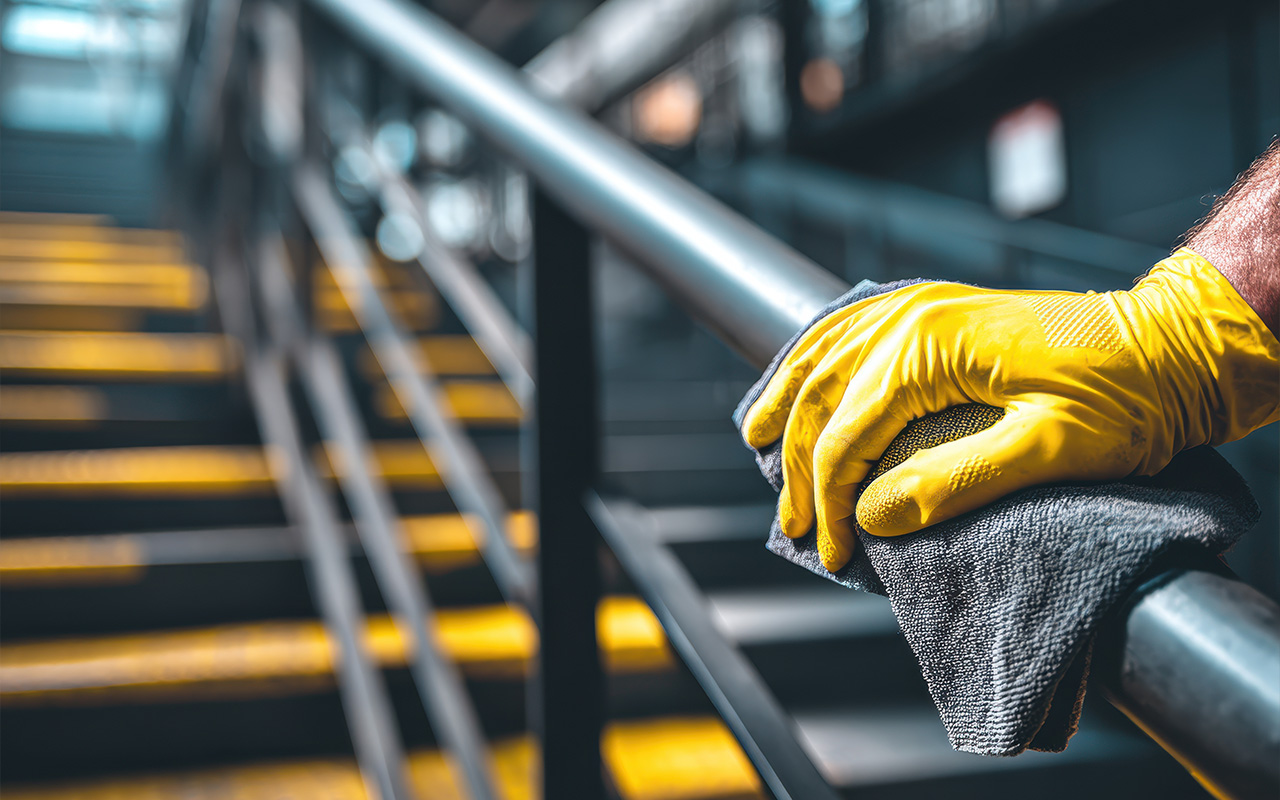
Are You Using the Best Cleaning Cloth for the Task?
It's easy to get into the habit of using the same basic cloths for most cleaning tasks. Consider these options for better, more efficient ways to trap dirt and dust throughout your facility.
The information contained in this article is intended for general information purposes only and is based on information available as of the initial date of publication. No representation is made that the information or references are complete or remain current. This article is not a substitute for review of current applicable government regulations, industry standards, or other standards specific to your business and/or activities and should not be construed as legal advice or opinion. Readers with specific questions should refer to the applicable standards or consult with an attorney.




